Expansion of Commercial Applications
The Unmanned Surface Vehicles Market is experiencing a notable expansion in commercial applications, particularly in sectors such as shipping, oil and gas, and fisheries. Companies are increasingly adopting unmanned surface vehicles for tasks such as cargo transport, underwater inspections, and resource exploration. This shift is driven by the need for cost reduction and operational efficiency. Market analysis suggests that the commercial segment could account for over 60% of the total market share by 2028. As industries recognize the benefits of integrating unmanned systems into their operations, the Unmanned Surface Vehicles Market is poised for substantial growth.
Increased Demand for Maritime Security
The Unmanned Surface Vehicles Market is experiencing heightened demand for enhanced maritime security solutions. Nations are increasingly investing in unmanned systems to monitor territorial waters and protect against illegal activities such as smuggling and piracy. The market is projected to grow significantly, with estimates suggesting a compound annual growth rate of over 15% in the coming years. This growth is driven by the need for cost-effective surveillance and reconnaissance capabilities, which unmanned surface vehicles provide. As threats in maritime environments evolve, the adoption of these technologies is likely to expand, indicating a robust future for the Unmanned Surface Vehicles Market.
Advancements in Autonomous Technologies
The Unmanned Surface Vehicles Market is witnessing rapid advancements in autonomous technologies, which are transforming operational capabilities. Innovations in artificial intelligence and machine learning are enabling unmanned surface vehicles to perform complex tasks with minimal human intervention. This trend is reflected in the increasing integration of autonomous navigation systems, which enhance the efficiency and safety of maritime operations. As these technologies mature, the market is expected to see a surge in demand, with projections indicating a potential market size exceeding USD 5 billion by 2030. The implications for the Unmanned Surface Vehicles Market are profound, as enhanced autonomy could lead to broader applications across various sectors.
Strategic Partnerships and Collaborations
The Unmanned Surface Vehicles Market is witnessing a trend towards strategic partnerships and collaborations among key stakeholders. Companies are joining forces with research institutions and government agencies to accelerate innovation and development. These collaborations are essential for sharing knowledge, resources, and technology, which can lead to the creation of more advanced unmanned systems. Recent initiatives have shown that such partnerships can significantly reduce time-to-market for new products. As the industry evolves, these alliances are likely to play a crucial role in shaping the future landscape of the Unmanned Surface Vehicles Market.
Growing Interest in Environmental Monitoring
The Unmanned Surface Vehicles Market is increasingly recognized for its potential in environmental monitoring applications. These vehicles are being deployed to collect data on water quality, marine life, and climate change impacts. The ability to gather real-time data from remote locations is invaluable for researchers and policymakers. Recent studies indicate that the market for environmental monitoring using unmanned surface vehicles could reach USD 1.2 billion by 2027. This trend underscores the versatility of unmanned systems and their role in addressing pressing environmental challenges, thereby driving growth in the Unmanned Surface Vehicles Market.


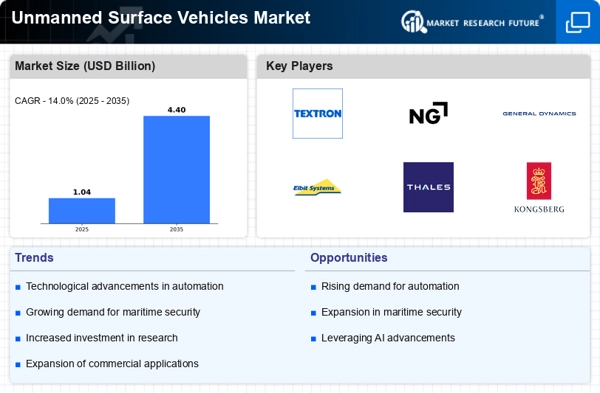
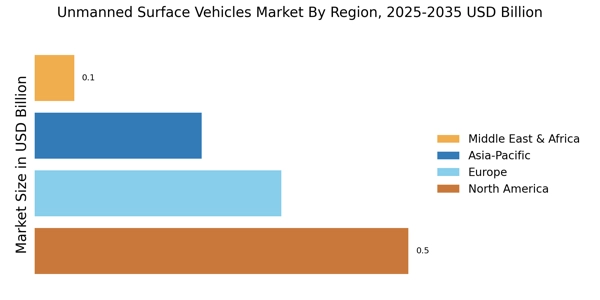
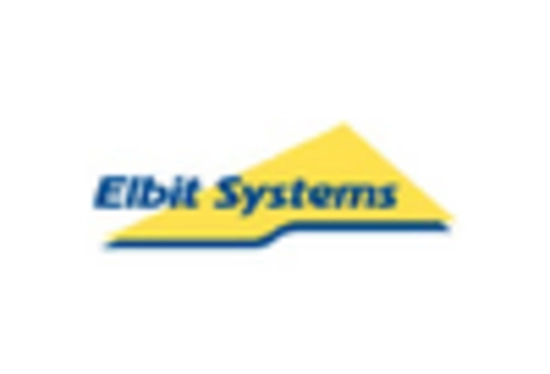

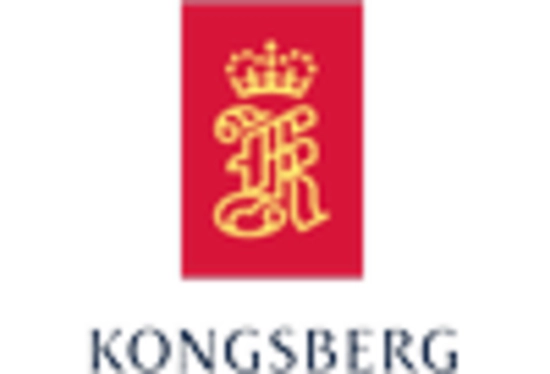

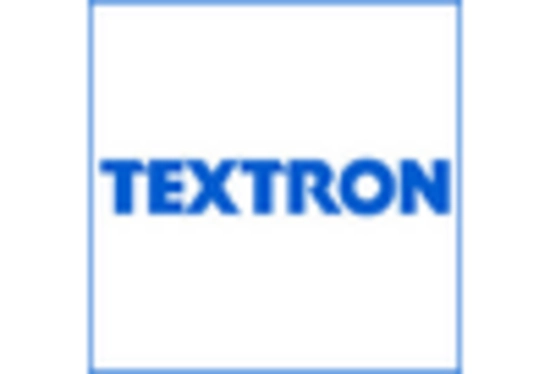









Leave a Comment